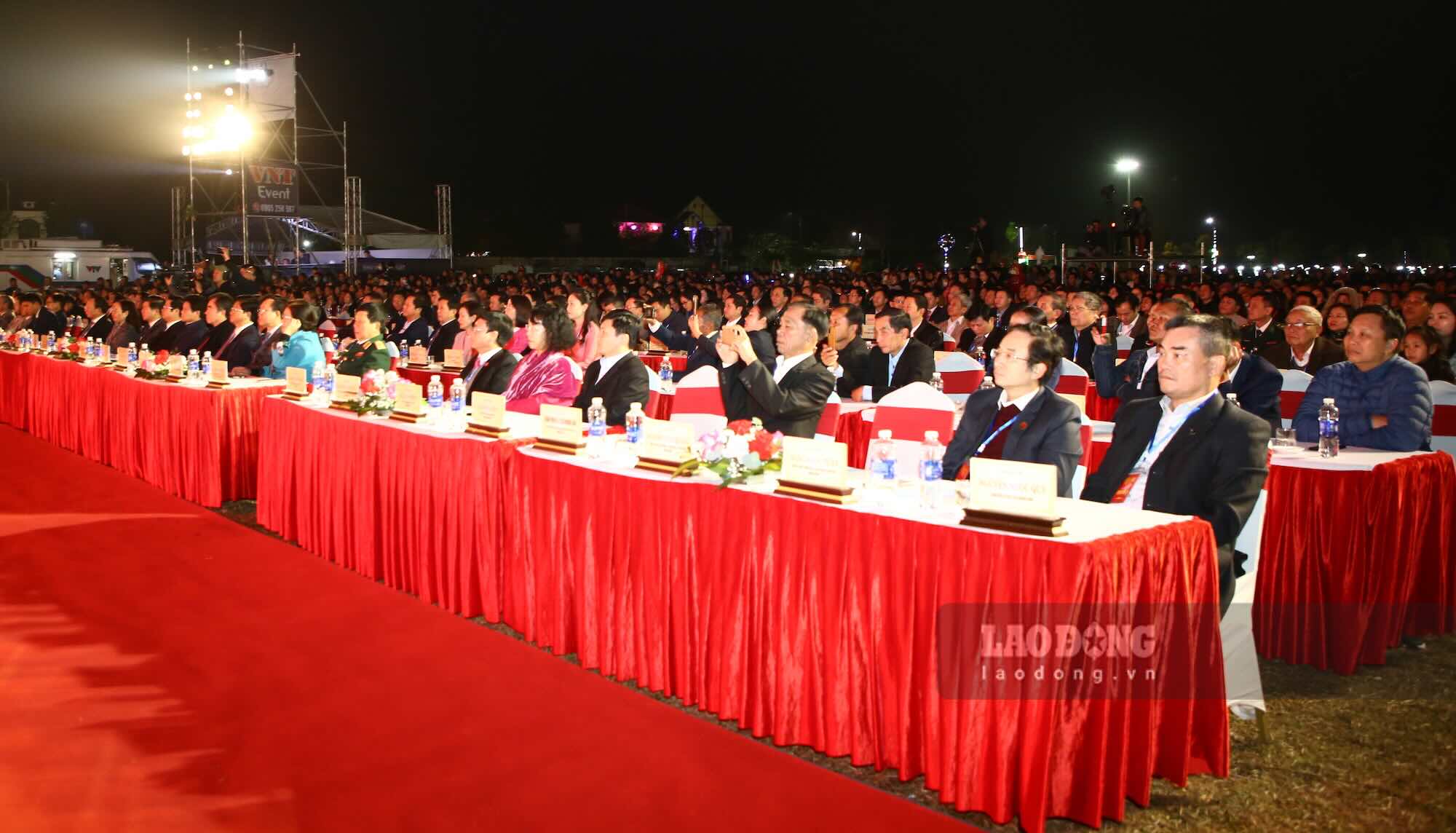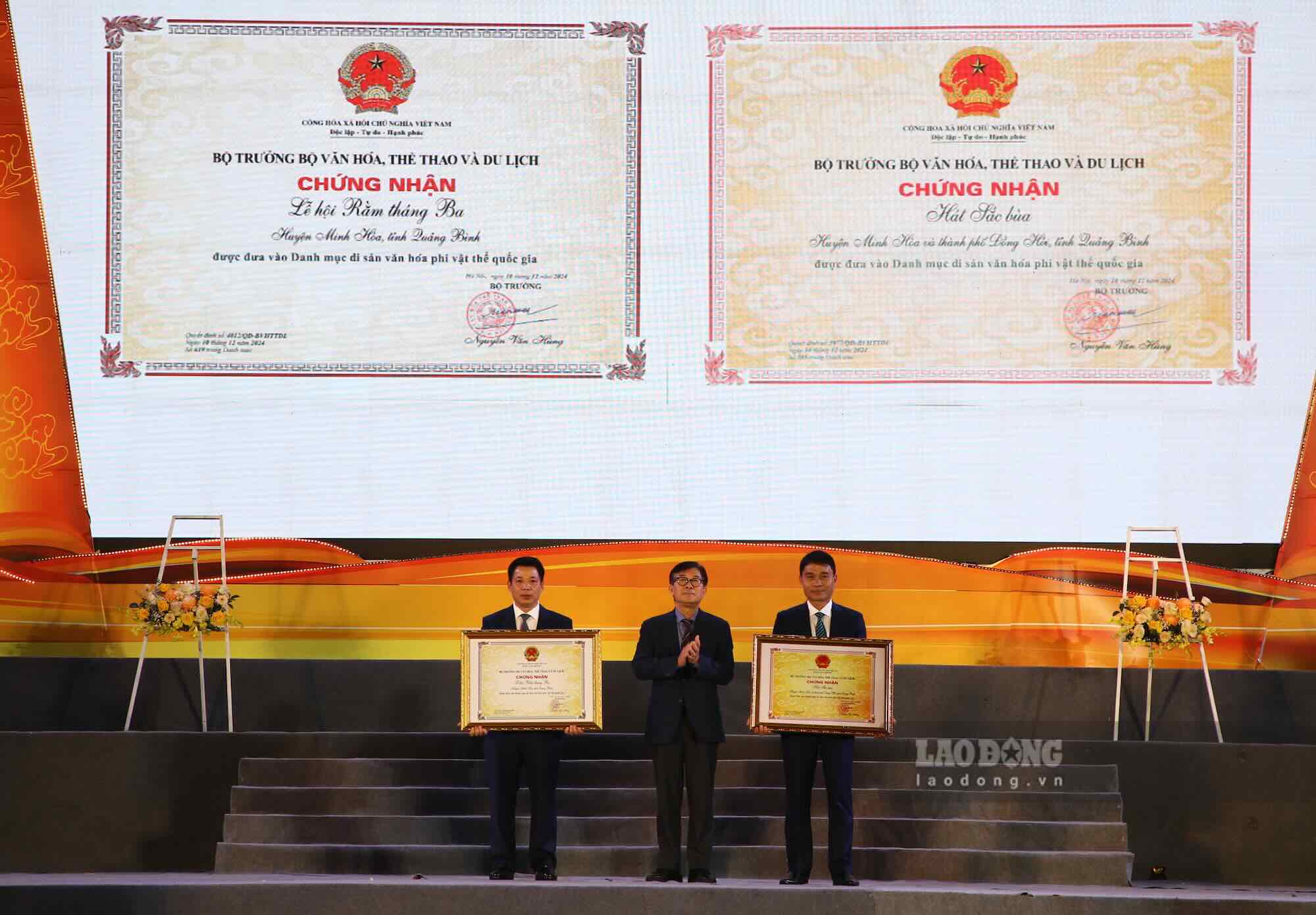In December of the year of Giap Tuat, the 27th year of Tu Duc, corresponding to the Gregorian calendar from January 8, 1875 to February 5, 1875, the Hue court established Minh Hoa district in Quang Trach prefecture, Quang Binh province.
Over the past 150 years, the tradition of patriotism and revolution has been a continuous flow throughout the historical process of Minh Hoa land. This was the resistance base of the Can Vuong movement led by King Ham Nghi against French colonialism (from October 1885 to November 1888); it was a revolutionary base throughout the struggles for national liberation.

During the two long resistance wars against French colonialism and American imperialism, 556 outstanding sons of Minh Hoa homeland heroically fell, 633 people left part of their bodies on the battlefields.
The country was unified, on March 11, 1977, the Council of Ministers issued Decision No. 62/CP on merging and adjusting the boundaries of some districts in Binh Tri Thien province. Among them, Minh Hoa district was merged with Tuyen Hoa district. On July 1, 1990, after 13 years of merging, meeting the requirements of the new development stage, Minh Hoa returned to its original boundaries and names in history.

Since then, Minh Hoa district has achieved great achievements and results in socio-economics. From a purely agricultural, self-sufficient economy, up to now, the economic structure of the district has shifted strongly towards industrialization and modernization. Budget revenue in the area increased 35 times compared to 1990. Economic growth rate reached 7 - 8%/year. Tourism has grown strongly and gradually become an important economic sector. The technical infrastructure system of the district is increasingly synchronous and modern; people's lives are increasingly improved.
Speaking at the Ceremony, Permanent Deputy Secretary of Quang Binh Provincial Party Committee Tran Hai Chau praised the achievements that the Party Committee, government and people of Minh Hoa district have achieved during the past development journey.

At the same time, it is emphasized that entering a new period, based on potentials and advantages, Minh Hoa district needs to correctly identify strategic breakthroughs in economic development. In particular, it is determined that agriculture and forestry still play an important role, deciding the stability and improvement of people's lives to develop agricultural and forestry products; at the same time, promoting tourism development with unique and characteristic tourism products and expanding international trade.
At the Ceremony, the Party Committee, government and people of Minh Hoa district were honored to receive the National Intangible Cultural Heritage Certificate for the "Full Moon Festival in March" and "Sac Bua Singing".
